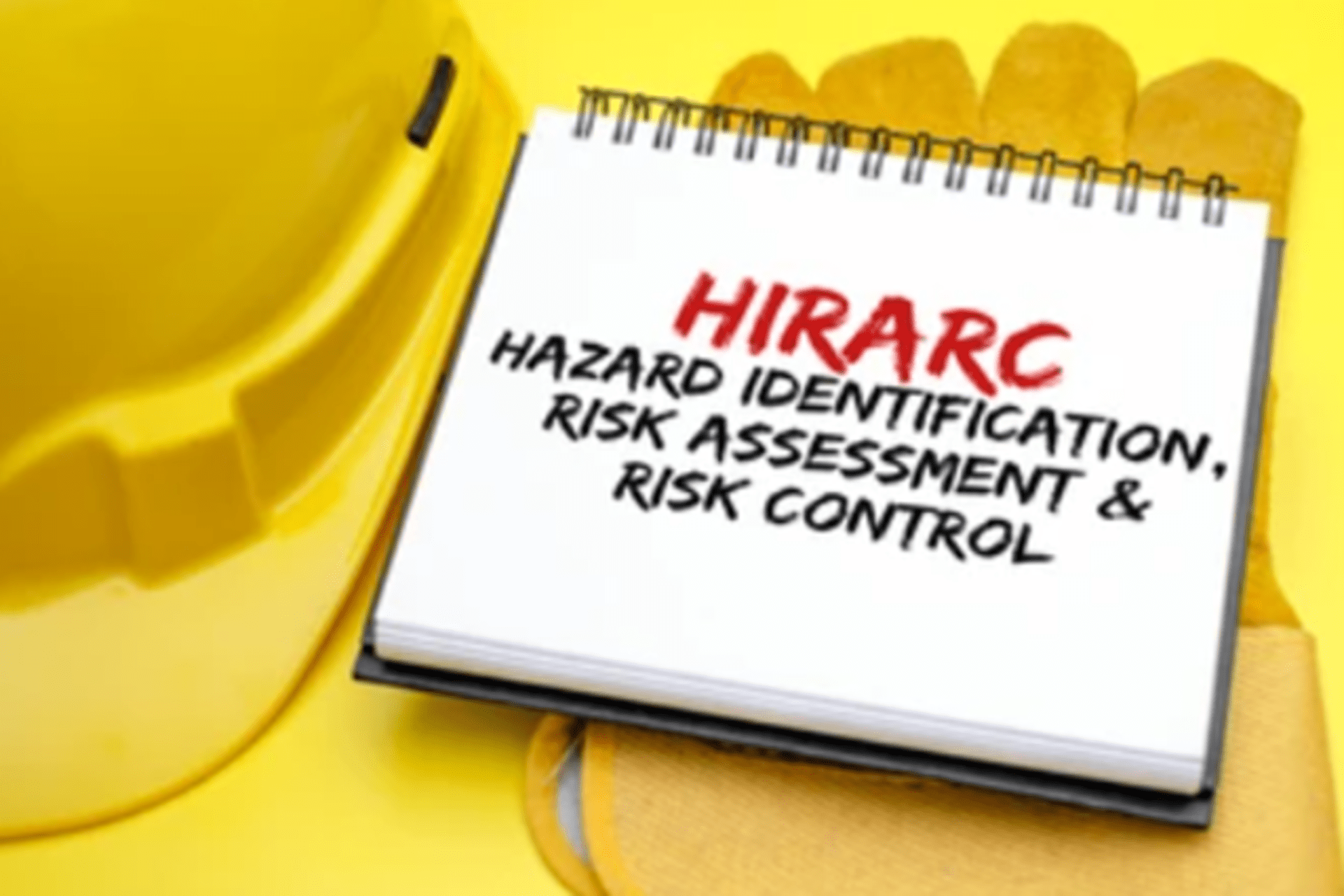
FAQ-SAFETY MANUAL
The Safety Manual outlines comprehensive guidelines, procedures, and best practices to ensure workplace health and safety. It aims to: Prevent accidents, injuries, and illnesses through defined safety protocols. Guide the proper handling of hazardous materials and equipment. Clarify roles and responsibilities for safety compliance. Ensure adherence to relevant laws and regulations. Foster a safety-conscious culture, encouraging continuous improvement. Serve as a key reference for training, emergency response, and incident reporting. Minimize workplace risks and associated liabilities. Enhance efficiency by mitigating safety-related disruptions. By meeting these objectives, the manual helps create a safer, healthier work environment for all employees.

FAQ- HAZARD IDENTIFICATION, RISK ASSESSMENT, AND RISK CONTROL (HIRARC)
The primary goal of Hazard Identification, Risk Assessment, and Risk Control (HIRARC) is to proactively detect potential hazards in a workplace or environment, evaluate the related risks, and apply control measures to reduce or eliminate those risks.

FAQ-SAFETY AUDIT
A safety audit aims to systematically evaluate the effectiveness of safety measures and procedures in a workplace or environment. It identifies potential hazards, assesses current safety protocols, and provides recommendations to improve safety standards and reduce risks. The overarching goal is to ensure a safe and healthy environment for employees, visitors, and the broader community.

FAQ- FIRE LOAD CALCULATION
Fire load calculation is a critical element in fire safety and risk assessment for buildings and industrial facilities. It measures the total amount of combustible materials within a space, helping to determine the potential severity of a fire. For tanks, fire load calculations assess the fire hazard posed by their contents. These calculations are essential for designing fire suppression systems, evacuation plans, and structural fire protection. They also enhance life safety by evaluating the potential impact of a fire on occupants, factoring in fire growth rates and toxic gas production during combustion.

FAQ- VENT DISPERSION ANALYSIS
Exactly! A Vent Dispersion Analysis Study is crucial for understanding the behavior of airborne emissions from industrial sources and their effects on the environment and public health. Key components of such a study include: Emission Characteristics: Understanding the physical and chemical properties of the released gases or particulates, such as density, toxicity, temperature, and concentration levels. Meteorological Conditions: Factors such as wind speed and direction, atmospheric stability, temperature gradients, and humidity all influence how pollutants disperse in the atmosphere. Topographical Features: Surrounding landforms like hills, valleys, or buildings can affect how emissions spread or become concentrated in certain areas. Modeling and Simulation: Sophisticated software tools are often used to model the dispersion patterns under different scenarios, helping to predict worst-case conditions and average dispersal trends. Health and Environmental Impact Assessment: The study evaluates the potential exposure levels for human populations and ecosystems, helping to define safe zones and mitigation strategies. Regulatory Compliance: Vent dispersion analyses help industries meet local and international air quality standards and emission limits, such as those set by the EPA or other environmental agencies. This analysis plays a key role in industrial planning, safety measures, and environmental protection efforts.

METHODOLOGY FOR HAZARD OPERABILITY (HAZOP) STUDY
The purpose of HAZOP Study is to identify the hazard and operability problems and to reduce the probability and consequences of an incident in the process facilities that would have a detrimental impact to the personnel, plant, properties, environment and company reputation. This Method describes the organization, study methods and recording requirements for HAZOP studies. Its purpose is to advise both HAZOP team members and other members of a project, of the approach to be adopted as well as the other contributions required from individuals. It is based upon considered worldwide best practices and international benchmarks in HAZOP deployment and management.




